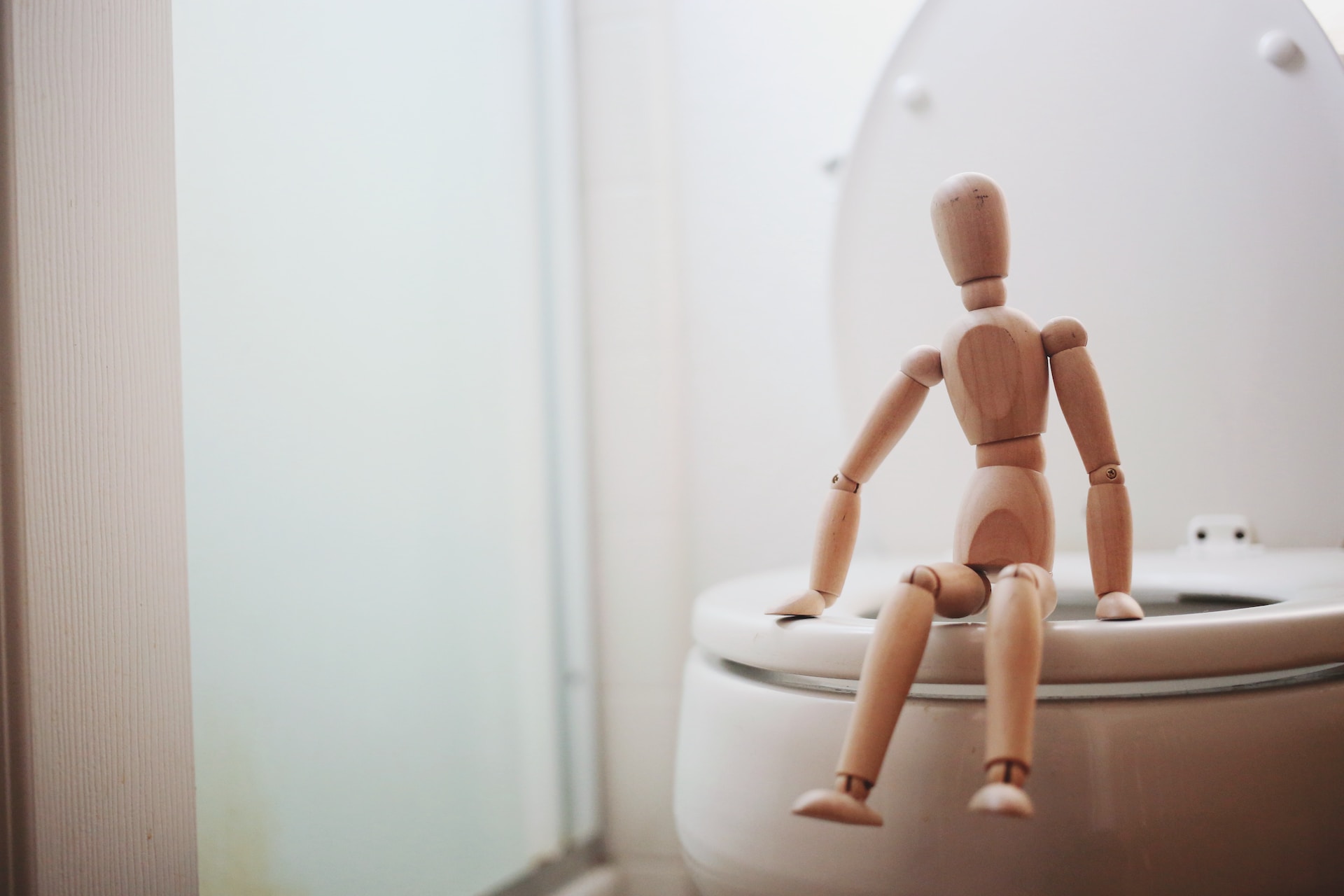The Nature of Septic Tank Draining Services
A septic system treats household wastewater through a natural microbial ecosystem. Once the initial treatment is completed in the septic tank, the liquid effluent is directed to a distribution device and into a drain or absorption field, also known as a leach field.
The septic tank is a watertight buried container where organic solids are separated from raw sewage and partially digested by anaerobic bacteria. The septic tank needs to be pumped periodically.

Septic Tank
In a home, all the drains come together and lead to a single pipe that goes to an underground septic tank. The septic tank accepts combined wastewater, solids, and sludge from household toilets, showers, sinks, washing machines, and garbage disposals. It’s designed to separate these materials. The heaviest masses, such as waste and sludge, sink to the bottom, while scum, consisting of fats, oils, and proteins, rises to the top. A layer of comparatively clear fluid, called effluent, exits the tank through pipes to the drain field.
Septic tanks contain a healthy population of bacteria that help manage waste material. However, various factors can overwhelm them, leading to clogs that impede wastewater flow and needs septic tank draining services Orlando FL. Avoid flushing non-biodegradable items such as cigarette butts, cotton buds/swabs, menstrual hygiene products, and condoms. Also, do not use cleaning products with bleach, which can kill the helpful microbes.
A septic tank’s inlet and outlet baffles ensure that only sludge, not scum, flows to the absorption field. It’s essential to have routine septic tank pumping to prevent this.
Drain Field
As the name implies, the drain field eliminates and manages waste and impurities left behind from wastewater treatment. Also known as a leach field, it is a large underground area that allows the wastewater to be slowly absorbed into the soil.
Once sewage leaves the septic tank, it enters the drain field through perforated pipes. Solids settle and decompose at the bottom, while grease floats to the top. Once the sludge and scum have been removed, liquid wastewater exits the tank as effluent.
During this process, a healthy population of anaerobic bacteria digests suspended solids and other impurities. The resulting wastewater then seeps through the soil into underground aquifers. If you want your septic system to function correctly, you must avoid placing anything on or near the drain field other than grass and flowers. Parking on or building structures on the drain field is incredibly damaging. Likewise, using products that contain dangerous chemicals can kill the bacteria in the septic tank and contaminate groundwater.
Manholes
The septic tank collects wastewater from your home and carries it underground to a buried drain field. The solids sink to the bottom, and the liquid wastewater, called effluent, exits into a trough or gravel-covered drainage field that absorbs the waste in the soil.
A septic system requires special devices to ensure that settling happens, solids are retained, and venting is provided. These include baffles, sanitary tees, and inlet and outlet devices.
The septic tank’s inlet device prevents oil and grease from entering the liquid waste. Special compartments and a T-shaped outlet prevent sludge and scum from leaving the tank with the effluent. These devices also slow the wastewater flow so that microbes can do their work. A distribution box sits lower than the septic tank and distributes wastewater evenly throughout a drain field. The distribution box’s multiple outlets use gravity to receive wastewater from the septic tank and disperse it into the drain field.
Pumping
A T-shaped outlet prevents sludge and scum from leaving the tank, while liquid wastewater exits as effluent. Microbes in the soil treat the effluent as it seeps into groundwater or evaporates from the soil.
All septic systems must be pumped regularly, but various factors can disrupt the normal process. For example, if you use a garbage disposal, you’ll need to have the septic tank pumped more often than if you don’t. Heavy rains and high winter water tables may also clog or flood the drain field. Then, the septic system won’t be able to work correctly. If this happens, bacteria will not get the oxygen they need to break down sludge. This will cause a septic system to overflow, which can be dangerous.


